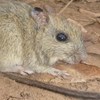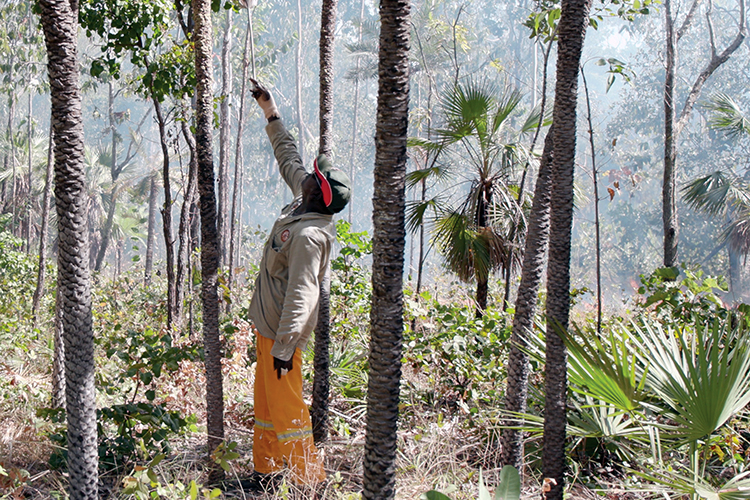
Using fire to reduce cat impacts on the Tiwi Islands
Monday, 16 March 2020A partnership between Charles Darwin University and the Tiwi Land Rangers is investigating the relationships between small native mammals, cats, habitat and fire on the Tiwi islands. The rangers are also working with Dr Hugh Davies to monitor mammals while they utilise traditional cool burning strategies, to reduce bushfires and maintain habitat that helps mammals avoid cats.
The Tiwi Islands, 60 km north of Darwin, remain one of the only bioregions in Australia to retain its complete mammal assemblage, including threatened species like the brush-tailed rabbit-rat. However, the continued persistence of these mammal species cannot be taken for granted, as monitoring has indicated that mammal populations may be exhibiting the initial signs of decline.
The pattern follows one that has been occurring for the past 30 years across mainland northern Australia’s tropical savannas, where declines have been linked to a loss of critical resources and increased predation, especially by feral cats. These two factors are both exacerbated
by grazing by large introduced herbivores such as cattle, horses and buffalo, and an increase in the occurrence of large and intense fires.
Grazing and frequent intense fires simplify vegetation structure and diversity. This simplification has significant negative impacts on the native mammals that rely on the food resources and shelter provided by thick and diverse vegetation. Furthermore, the reduced structural complexity of the vegetation results in a more open environment, making it easier for predators, such as feral cats, to hunt.
The Tiwi Islands support the largest remaining populations of the brush-tailed rabbit-rat (Conilurus penicillatus). Worryingly, our monitoring has indicated that the distribution of the brush-tailed rabbit-rat on Melville Island (the larger of the two main Tiwi Islands) has been contracting. The species is now restricted to areas with fewer feral cat detections and high shrub density. This emphasises that feral cats pose a threat to the species, but it also indicates that there is potential to manage habitat to help small mammal populations to persist.
We have also been looking at cat density, distribution and activity across the islands and what we have found is that cat activity is higher in areas that have experienced frequent, intense fires and/or heavy grazing by buffalos and horses. This most likely reflects the better hunting conditions in these areas due to the suppressed vegetative complexity. What this again tells us is that management that reduces these disturbances, and maintains more dense vegetation, may offer significant benefits to native mammals.
In combination, what we have learnt gives confidence to the Tiwi Land Rangers that their new fire management strategies will help conserve Tiwi Island native mammals. They have begun implementing island-wide programs of low-intensity burning in the early dry season. This will help to decrease the frequency and extent of high-intensity wildfires late in the dry season, while also leaving plenty of patches of unburnt vegetation, to help species like the brush-tailed rabbit-rat survive in a world with cats.
This Threatened Species Recovery Hub Project is a partnership between Charles Darwin University, the Tiwi Land Rangers and the Tiwi Land Council. It receives funding from the Australian Government’s National Environmental Science Program.
Further reading:
Davies, H.F., McCarthy, M.A., Firth, R.S.C., Woinarski, J., Gillespie, G.R., Andersen, A.N., Geyle, H., Nicholson, E. & Murphy, B.P. 2017. Top-down control of species distributions: Feral cats driving the regional extinction of a threatened rodent in northern Australia. Diversity and Distributions, 23, 272–283.
Davies, H.F., McCarthy, M.A., Firth, R.S.C., Woinarski, J.C.Z., Gillespie, G.R., Andersen, A.N., Rioli, W., Puruntatameri, J., Roberts, W., Kerinaiua, C., Womatakimi, K. & Murphy, B.P. 2018. Declining populations in one of the last refuges for threatened mammal species in northern Australia. Austral Ecology, 43, 602–612.
Davies, H.F., Maier, S.W. & Murphy, B. in press. Feral cats are more abundant under severe disturbance regimes in an Australian tropical savanna. Wildlife Research.
For further information
Hugh Davies - hugh.davies@cdu.edu.au
Top image: Tiwi Land Ranger Colin Kerinaiua setting fire to pandanus as part of early dry season burning on the Tiwi Islands. Image: Nicolas Rakotopare
-
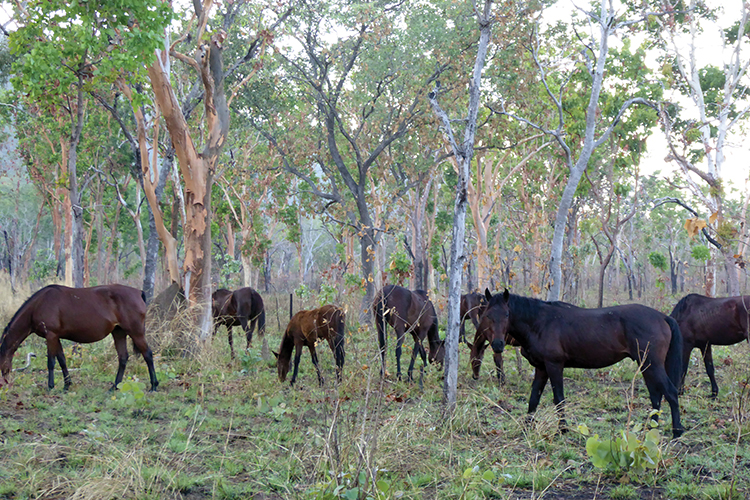
Small mammal declines in the Top End - Causes and solutions
Monday, 31 August 2020 -
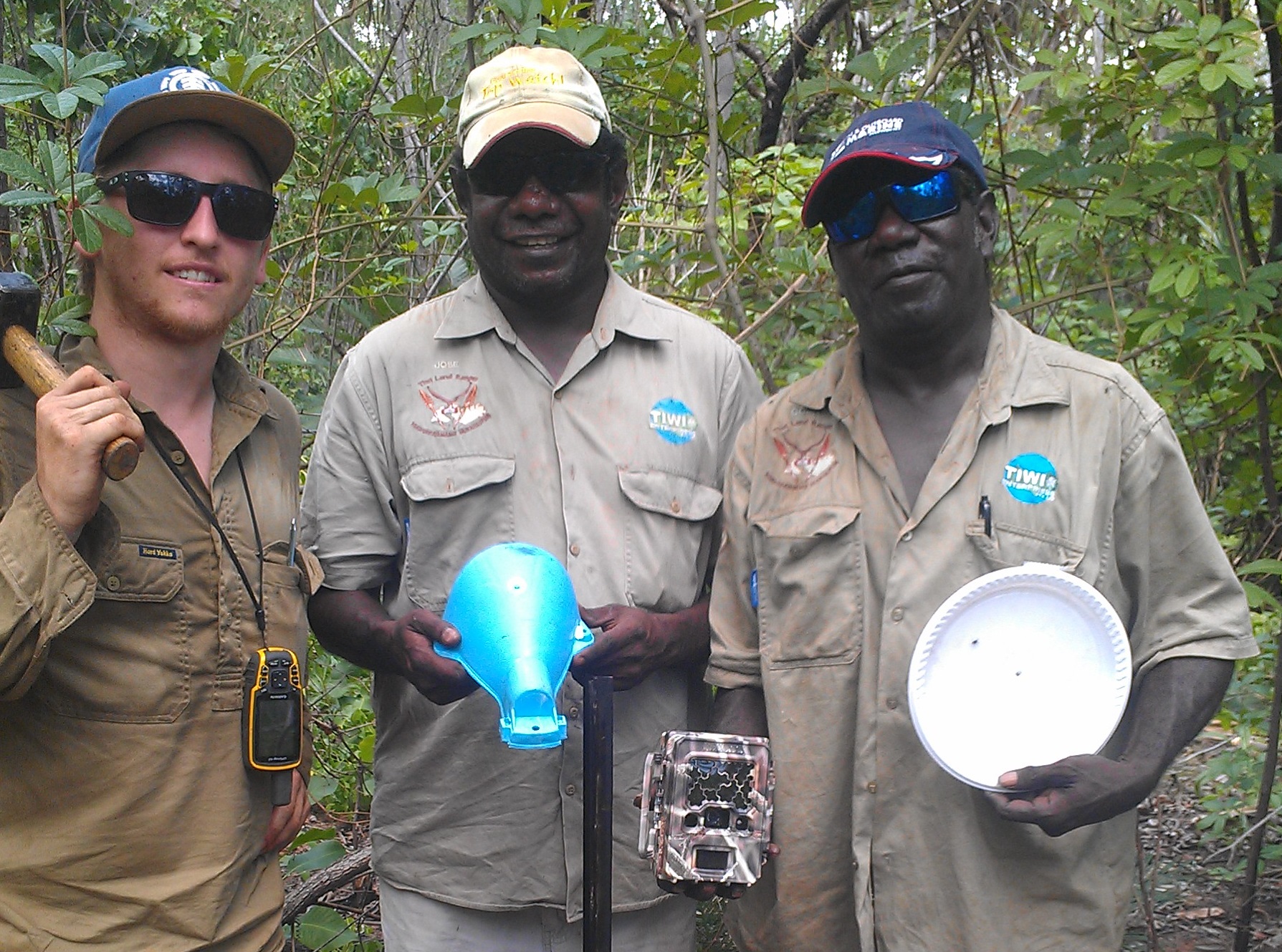
Melville Island mammal declines fought with fire
Monday, 13 March 2017 -
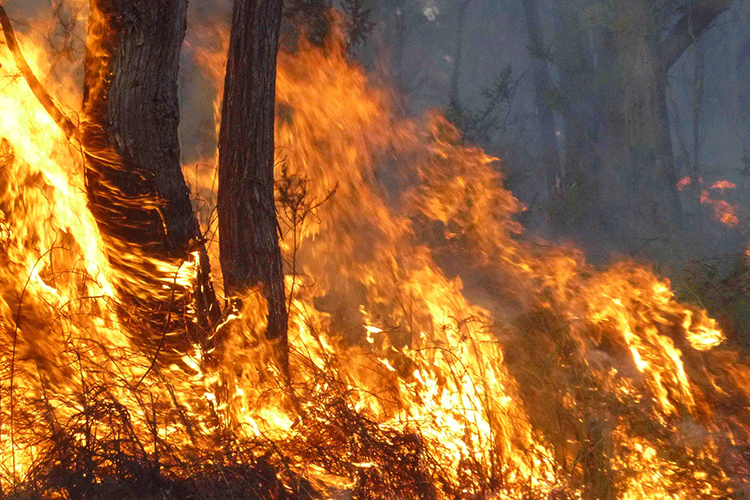
The fire, the fox and the feral cat
Tuesday, 06 June 2017 -
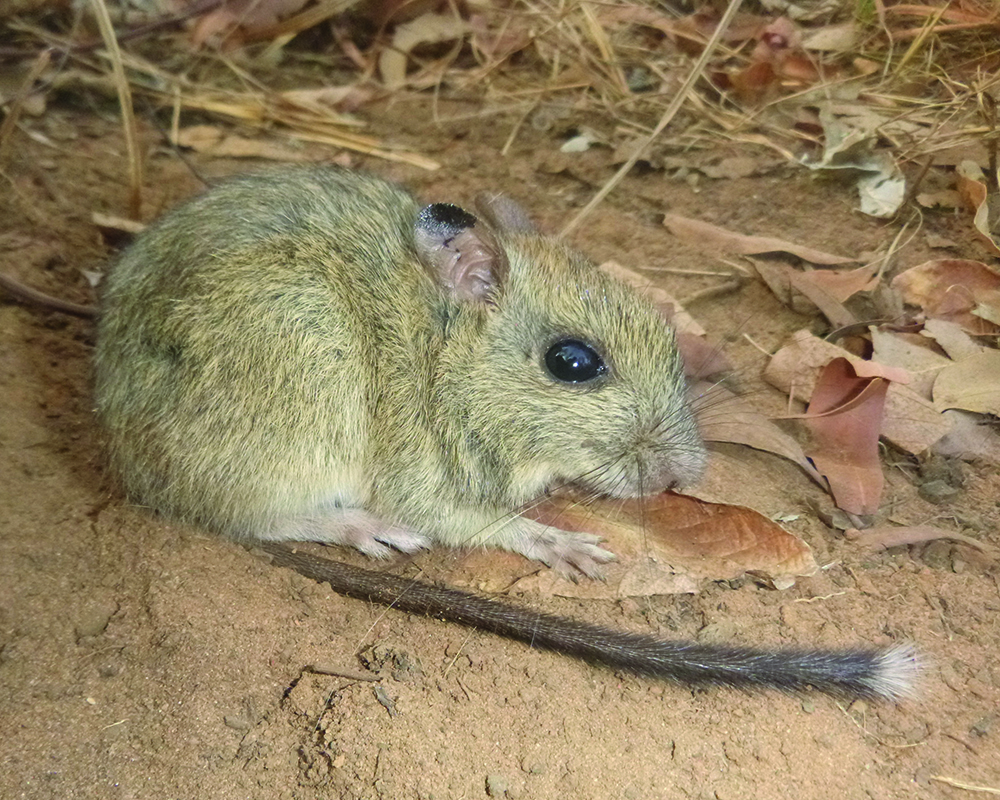
Tiwi Island mammals: Saving the brush-tailed rabbit-rat
Tuesday, 11 September 2018 -

Building collaboration and two-way science
Sunday, 12 December 2021 -
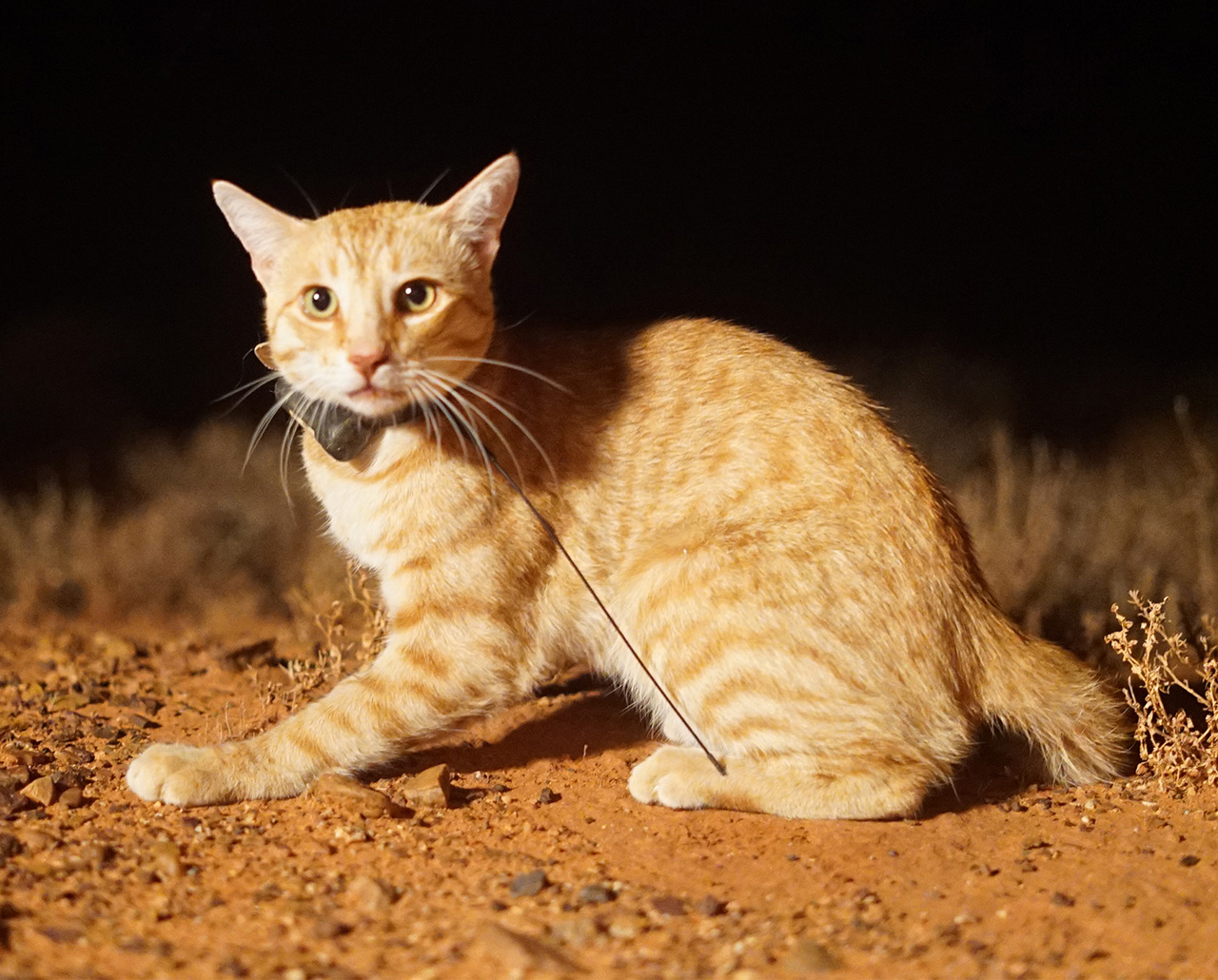
Cat science finalist for Eureka Prize
Monday, 28 September 2020
